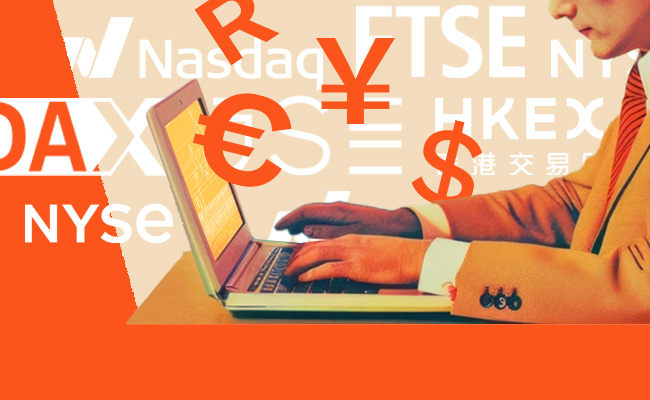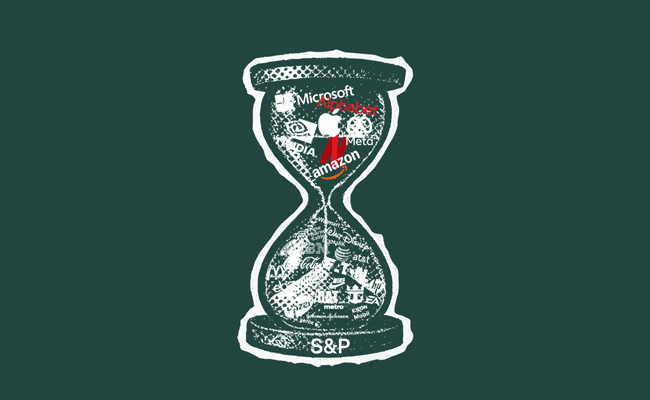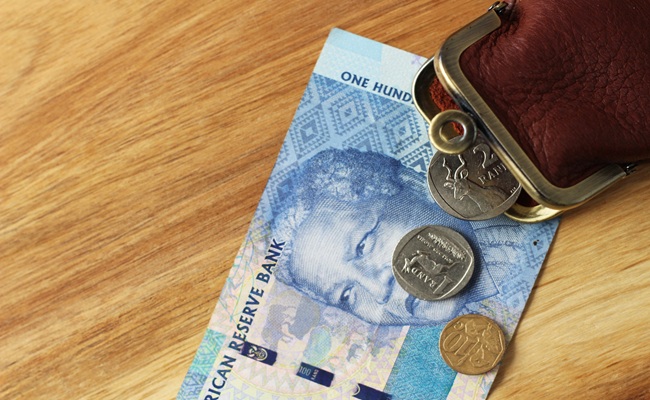“There’s an ETF for that!” is, apparently, the informal motto at local exchange traded fund provider ETFSA.
It’s understandable, really, if you consider that as of 2024 there were more than 14,000 ETFs (exchange traded funds) listed worldwide – a number that’s almost certainly grown since. And whatever you want, it’s out there.
Exposure to all things pet care? Try the ProShares Pet Care ETF (PAWZ). Companies involved in the final frontier? Procure Space (UFO) may be the one for you. Think Korean entertainment is where the money is at? Then maybe you should check out the KPOP and Korean Entertainment ETF (KPOP).
While South Africa has its fair share of ETFs that give you offshore exposure from the comfort of the JSE, a lot of the more tailored funds that allow you to trade a particular theme or sector are almost all domiciled overseas. Which is why ETFSA is making a concerted push to offer South African investors access to these niche, and still fabulously inexpensive, investment vehicles. And it’s not just about protecting yourself from the rand.
“Almost the first decision about investing offshore was hedging yourself against a weak currency more than anything else,” says ETF strategist Nerina Visser, who has been in the ETF game in South Africa for the past two decades.
But hard currency ETFS – where you might use your offshore allowance to buy into a product using dollars, euros or pounds – are a great way to diversify yourself in terms of company and country, rather than simply currency.
“Investors often have overexposure to their home country; they have home bias. South Africa represents less than half a percent of global investment opportunities, so to have all of your money invested into such a tiny opportunity just doesn’t make sense,” Visser told a webinar hosted by ETFSA and Currency last week.
And because this money is managed offshore “you’re not trying to have an investment where you’re ‘saved’ by the rand weakening and getting an extra return from that; we’re really interested in the performance we can get in those hard currencies,” said Visser.
Hard currency ETFs are also a good option for those South Africans who might have had an offshore working stint and maintain a rainy day nest egg in pounds, say, which could be sitting in cash doing very little. And if you’re thinking of emigrating, offshore ETFs are a transparent and low-cost way of building up a proper ex-South Africa investment pot.
Focused funds
Putting a portfolio of ETFs together is also pretty simple. ETFSA strategic director Gareth Stobie showed how just two funds, the Vanguard total world ETF and the iShares Global Aggregate Bond ETF would give you an 80%-20% split between growth assets (shares) and income-generating assets (bonds) with a massive 29,000 underlying securities between them.
If you’d held just these two ETFs over the past 20 years, said Stobie, you’d have made a return of 8%, in dollars, per year.
While these two funds are very widely spread, there are thousands of ETFs that are far more focused, which is especially useful at the moment, given how a handful of shares – almost exclusively in the tech sector – have dominated supposedly broad markets indices like the S&P 500.
Mega-cap tech firms like Nvidia, Microsoft, Alphabet and Meta accounted for more than 50% of the S&P’s returns in 2024. Buying an MSCI World or S&P index tracker already gives you exposure to these shares, but if you’re looking for emerging tech companies, or companies that may reap the benefit of the AI boom in different ways, you should probably cast your net elsewhere.
“Because AI is so prolific it also gives us probably the broadest range of opportunities to invest in,” said Visser, who strongly recommends investors look beyond the mega tech names.
ETFSA put forward two funds in this regard: the Global X Artificial Intelligence and Technology ETF, where the biggest holdings are Tencent (at only 4.1% of the fund, however) and Palantir – one of this year’s most scorching stocks, which makes up 3.8% of the ETF.
Another is the SPDR Kensho ETF, which invests in emerging tech companies. A basket of potential new Nvidias, if you will.
This is the beauty of an ETF, says Visser: it uses the rules of an index to determine how it compiles the constituents of that index – by looking at specific attributes or sectors. “The index does a lot of the work for you – finding those opportunities, packaging them in a transparent, efficient and cheap way and you as the investor only have to buy the ETF.”
The rampant performance of European defence stocks is another great example of how buying a wider ETF – like the Eurostoxx 50 – may not have worked especially well in your favour given that defence shares constitute only about 5% of that particular index.
(Consider investing in the WisdomTree Europe Defence UCITS, for example).
The one major caveat is some recent stats from data provider Morningstar, which showed that only a fifth of thematic ETFs beat their index.
“The chasm between thematic ETF and market returns is in part due to performance chasing by asset managers. New products are often launched after the theme has started to take hold and the rosy outlook is already priced in,” Bryan Armour, director of passive strategies research at Morningstar told the Financial Times.
Asked about this, Stobie said investors have to be more discerning about which of the themes “are just hot air”.
Also: “You don’t have to hold this theme forever – you can trade out of it,” he said.
Ultimately, investors have to understand why they’re buying into a theme at all, said Visser. “So, interrogate the likelihood of the longevity of the theme rather than simply buying into past performance.”
Hard currency ETFs: the how
- ETFSA will open a stockbroking account in your name.
- Shares and cash are held in custody with Citibank.
- The investor issues a mandate to ETFSA to manage the admin, advice and portfolio management.
- Mandates are designed to be growth, balanced or defensive.
- The minimum investment is $50,000.
- Investors can transfer cash from South Africa or use money already abroad.
Top image: Rawpixel/Currency collage.
Sign up to Currency’s weekly newsletters to receive your own bulletin of weekday news and weekend treats. Register here.














How do I do this ? Have been trying to subscribe without success. Never asks got card number. What must I do?
Hi! We’re sorry about this. Our support team will be in comms with you ASAP. I’ve sent them your email address. Thanks, Sarah